Complete Coverage Path Planning Algorithm Based on Rulkov-like Chaotic Mapping
-
摘要: 本研究提出了一种基于正弦约束的类Rulkov超混沌映射(SRHC)系统,并将其应用于全覆盖路径规划算法(SRHC-CCPP)中,以解决智能机器人在复杂任务场景中的全覆盖路径规划问题。通过引入超混沌序列,该算法显著提升了机器人运动路径的随机性和动态性,避免了传统算法因规律性过强而可能陷入局部循环的问题。同时,结合记忆效应,算法能够动态记录网格访问历史,优先覆盖未访问区域,从而有效减少重复访问,提升覆盖效率。在障碍物处理方面,设计了碰撞检测与法线向量反射机制,使机器人能够灵活应对复杂环境中的障碍物干扰,并通过轻微扰动避免局部振荡。实验结果表明,SRHC-CCPP算法在无障碍和有障碍物条件下均表现出较高的覆盖速度和均匀性,展现了良好的初始值敏感性和鲁棒性。此外,算法的计算复杂度较低,适合大规模应用场景。本研究为智能机器人在灾区救援、火灾扑灭及未知地域勘探等高风险任务中的应用提供了新的技术支持。Abstract:
Objective This study proposes a novel complete coverage path planning (CCPP) algorithm based on a sine-constrained Rolkov-like hyper-chaotic (SRHC) mapping, addressing critical challenges in robotic path planning. The research focuses on enhancing coverage efficiency, path unpredictability, and obstacle adaptability for mobile robots in complex environments, such as disaster rescue, firefighting, and unknown terrain exploration. Traditional methods often suffer from predictable movement patterns, local optima traps, and inefficient backtracking, motivating the need for advanced solutions leveraging chaotic dynamics. Methods The SRHC-CCPP algorithm integrates: 1. SRHC Mapping A hyper-chaotic system with nonlinear coupling (Eq. 1) that generates highly unpredictable trajectories, validated via Lyapunov exponent analysis ( Fig. 3a –b). Phase-space diagrams (Fig. 1 ) and parameter sensitivity studies (Table 1 ) confirm chaotic behavior under conditions like a=0.01a=0.01, b=1.3b=1.3. 2. Memory-Driven Exploration A dynamic visitation grid prioritizes uncovered regions, reducing redundancy (Algorithm 1). 3. Obstacle Handling Collision detection with normal vector reflection minimizes oscillations in cluttered environments (Fig. 4 ). Simulations employed a Mecanum-wheel robot model (Eq. 2) for omnidirectional mobility.Results and Discussions 1. Efficiency: SRHC-CCPP achieved faster coverage and superior uniformity in both obstacle-free and obstructed scenarios ( Fig. 5 –6 ). The chaotic driver improved path diversity by 37% compared to rule-based methods. 2. Robustness: Demonstrated initial-value sensitivity and adaptability to environmental noise (Table 2 ). 3. Scalability: Low computational overhead enabled deployment in large-scale grids (>104 cells).Conclusions The SRHC-CCPP algorithm advances robotic path planning by: 1. Merging hyper-chaotic unpredictability with memory-guided efficiency, eliminating repetitive loops. 2. Offering real-time obstacle negotiation via adaptive reflection mechanics. 3. Providing a versatile framework for applications requiring high coverage reliability and dynamic responsiveness. Future work may explore multi-agent extensions and 3D environments. -
函数:记忆效应驱动速度调整 输入:网格访问计数(grid_counts)、已访问网格集(visited_grids)、当前网格(current_grid)、八邻域网格(neighbors)、当前位置(position)、当前速度(velocity) 输出:新速度方向(new_velocity)、更新后的已访问网格集(visited_grids)、更新后的网格访问计数(grid_counts) 1. 如果:当前网格(current_grid)未在已访问网格集(visited_grids)中: 2. 将当前网格(current_grid)添加至已访问网格集(visited_grids) 3. 将当前网格的访问计数(grid_counts[current_grid])加1 4. 结束条件判断 5. 如果:未访问邻域(unvisited_neighbors)不为空: 6. 从非空未访问邻域(unvisited_neighbors)中随机选择目标网格(target_grid) 7. 根据目标网格(target_grid)计算目标位置(target_position) 8. 更新新速度方向(new_velocity)为:归一化(目标位置 - 当前位置) 9. 否则(未访问邻域为空): 10. 从八邻域网格(neighbors)中筛选访问计数最小的网格(min_visit_grid) 11 更新新速度方向(new_velocity)为:归一化(目标位置 - 当前位置) 12 结束条件判断 13 返回新速度方向(new_velocity)、更新后的已访问网格集(visited_grids)、更新后的网格访问计数(grid_counts) 表 1 全覆盖搜索步长值
序号 步长值 均值 方差 1 5013 5122.1 117.17 2 5025 3 5300 4 5005 5 5012 6 5206 7 5100 8 5120 9 5315 10 5125 表 2 覆盖率对比表
表 3 全覆盖搜索步长值
序号 步长值 均值 方差 1 5213 5269.3 146.46 2 5125 3 5500 4 5205 5 5112 6 5366 7 5500 8 5128 9 5319 10 5225 表 4 全覆盖搜索步长值
序号 步长值 均值 方差 1 13113 14214 980.04 2 15125 3 15523 4 15202 5 14115 6 14366 7 12598 8 13168 9 14310 10 14620 -
[1] AHURAKA F, MCNAMEE P, WANG Qixu, et al. Chaotic motion planning for mobile robots: Progress, challenges, and opportunities[J]. IEEE Access, 2023, 11: 134917–134939. doi: 10.1109/ACCESS.2023.3337371. [2] SHIVASHANKAR V, JAIN R, KUTER U, et al. Real-time planning for covering an initially-unknown spatial environment[C]. Proceedings of the Twenty-Fourth International Florida Artificial Intelligence Research Society Conference, Palm Beach, USA, 2011: 63–68. [3] GRØTLI E I and JOHANSEN T A. Path planning for UAVs under communication constraints using SPLAT! And MILP[J]. Journal of Intelligent & Robotic Systems, 2012, 65(1/4): 265–282. doi: 10.1007/s10846-011-9619-8. [4] YAN Mingzhong and ZHU Daqi. An algorithm of complete coverage path planning for autonomous underwater vehicles[J]. Key Engineering Materials, 2011, 467/469: 1377–1385. doi: 10.4028/www.scientific.net/KEM.467-469.1377. [5] HERT S, TIWARI S, and LUMELSKY V. A terrain-covering algorithm for an AUV[M]. YUH J, URA T, and BEKEY G A. Underwater Robots. New York, USA: Springer, 1996: 17–45. doi: 10.1007/978-1-4613-1419-6_2. [6] PANG Bao, SONG Yong, ZHANG Chengjin, et al. A swarm robotic exploration strategy based on an improved random walk method[J]. Journal of Robotics, 2019, 2019: 6914212. doi: 10.1155/2019/6914212. [7] PANG Bao, QI Jiahui, ZHANG Chengjin, et al. Analysis of random walk models in swarm robots for area exploration[C]. Proceedings of 2019 IEEE International Conference on Robotics and Biomimetics (ROBIO), Dali, China, 2019: 2484–2489. doi: 10.1109/ROBIO49542.2019.8961844. [8] PETAVRATZIS E, MOYSIS L, VOLOS C, et al. A chaotic path planning generator enhanced by a memory technique[J]. Robotics and Autonomous Systems, 2021, 143: 103826. doi: 10.1016/j.robot.2021.103826. [9] MOYSIS L, PETAVRATZIS E, VOLOS C, et al. A chaotic path planning generator based on logistic map and modulo tactics[J]. Robotics and Autonomous Systems, 2020, 124: 103377. doi: 10.1016/j.robot.2019.103377. [10] KVITKO D, RYBIN V, BAYAZITOV O, et al. Chaotic path-planning algorithm based on Courbage–Nekorkin artificial neuron model[J]. Mathematics, 2024, 12(6): 892. doi: 10.3390/math12060892. [11] SRIDHARAN K and AHMADABADI Z N. A multi-system chaotic path planner for fast and unpredictable online coverage of terrains[J]. IEEE Robotics and Automation Letters, 2020, 5(4): 5268–5275. doi: 10.1109/LRA.2020.3007471. [12] NASR S, MEKKI H, and BOUALLEGUE K. A multi-scroll chaotic system for a higher coverage path planning of a mobile robot using flatness controller[J]. Chaos, Solitons & Fractals, 2019, 118: 366–375. doi: 10.1016/j.chaos.2018.12.002. [13] ROSALIE M, DANOY G, CHAUMETTE S, et al. Chaos-enhanced mobility models for multilevel swarms of UAVs[J]. Swarm and Evolutionary Computation, 2018, 41: 36–48. doi: 10.1016/j.swevo.2018.01.002. [14] GAO Mingsheng, LIU Yuxiang, and WEI Pengfei. Opposite and chaos searching genetic algorithm based for UAV path planning[C]. Proceedings of the 6th IEEE International Conference on Computer and Communications (ICCC), Chengdu, China, 2020: 2364–2369. doi: 10.1109/ICCC51575.2020.9345125. [15] VESLIN DIAZ E, SLAMA J, DUTRA M, et al. Trajectory tracking for robot manipulators using differential flatness[J]. Ingeniería e Investigación, 2011, 31(2): 84–90. doi: 10.15446/ing.investig.v31n2.23468. [16] LEVINE J. Analysis and Control of Nonlinear Systems: A Flatness-Based Approach[M]. Berlin, Heidelberg, Germany: Springer, 2009. doi: 10.1007/978-3-642-00839-9. (查阅网上资料,请补充引用页码). [17] MARKUS E D, AGEE J T, JIMOH A A, et al. Flatness based control of a 2 DOF single link flexible joint manipulator[C]. Proceedings of the 2nd International Conference on Simulation and Modeling Methodologies, Technologies and Applications - SIMULTECH, Rome, Italy, 2012: 437–442. doi: 10.5220/0004061104370442. [18] MARKUS E D, AGEE J T, and JIMOH A A. Flat control of industrial robotic manipulators[J]. Robotics and Autonomous Systems, 2017, 87: 226–236. doi: 10.1016/j.robot.2016.10.009. [19] AL-RAEEI M. Applying fractional quantum mechanics to systems with electrical screening effects[J]. Chaos, Solitons & Fractals, 2021, 150: 111209. doi: 10.1016/j.chaos.2021.111209. [20] SEADAWY A R, ALI S, and RIZVI S T R. On modulation instability analysis and rogue waves in the presence of external potential: The (n + 1)-dimensional nonlinear Schrödinger equation[J]. Chaos, Solitons & Fractals, 2022, 161: 112374. doi: 10.1016/j.chaos.2022.112374. [21] RYBIN V, BUTUSOV D, BABKIN I, et al. Some properties of a discrete Lorenz system obtained by variable midpoint method and its application to chaotic signal modulation[J]. International Journal of Bifurcation and Chaos, 2024, 34(1): 2450009. doi: 10.1142/S0218127424500093. [22] CIRJULINA D, BABAJANS R, CAPLIGINS F, et al. Experimental study on Colpitts chaotic oscillator-based communication system application for the internet of things[J]. Applied Sciences, 2024, 14(3): 1180. doi: 10.3390/app14031180. [23] CHO S W, PARK H J, LEE H, et al. Coverage path planning for multiple unmanned aerial vehicles in maritime search and rescue operations[J]. Computers & Industrial Engineering, 2021, 161: 107612. doi: 10.1016/j.cie.2021.107612. [24] LUIS S Y, PERALTA F, CÓRDOBA A T, et al. An evolutionary multi-objective path planning of a fleet of ASVs for patrolling water resources[J]. Engineering Applications of Artificial Intelligence, 2022, 112: 104852. doi: 10.1016/j.engappai.2022.104852. [25] MOYSIS L, PETAVRATZIS E, VOLOS C, et al. A chaotic path planning generator based on logistic map and modulo tactics[J]. Robotics and Autonomous Systems, 2020, 124: 103377. doi: 10.1016/j.robot.2019.103377. (查阅网上资料,本条文献与第9条文献重复,请确认). [26] LIAN Jianfang, YU Wentao, XIAO Kui, et al. Cubic spline interpolation-based robot path planning using a chaotic adaptive particle swarm optimization algorithm[J]. Mathematical Problems in Engineering, 2020, 2020: 1849240. doi: 10.1155/2020/1849240. [27] SHAO Shikai, PENG Yu, HE Chenglong, et al. Efficient path planning for UAV formation via comprehensively improved particle swarm optimization[J]. ISA Transactions, 2020, 97: 415–430. doi: 10.1016/j.isatra.2019.08.018. [28] MOYSIS L, VOLOS C, PHAM V T, et al. Analysis of a hyperchaotic system with a hyperbolic sinusoidal nonlinearity and its application to area exploration using multiple autonomous robots[M]. VOLCHENKOV D and LUO A C J. New Perspectives on Nonlinear Dynamics and Complexity. Cham, Switzerland: Springer, 2023: 43–62. doi: 10.1007/978-3-030-97328-5_4. [29] LE A V, VO D T, DAT N T, et al. Complete coverage planning using deep reinforcement learning for polyiamonds-based reconfigurable robot[J]. Engineering Applications of Artificial Intelligence, 2024, 138: 109424. doi: 10.1016/j.engappai.2024.109424. [30] CHEN Bolei, ZHONG Ping, CUI Yongzheng, et al. EMExplorer: An episodic memory enhanced autonomous exploration strategy with Voronoi domain conversion and invalid action masking[J]. Complex & Intelligent Systems, 2023, 9(6): 7365–7379. doi: 10.1007/s40747-023-01144-x. [31] LI Jianyu, WANG Kezhi, CHEN Zonghai, et al. An improved RRT* path planning algorithm in dynamic environment[C]. Proceedings of the 21st Asian Simulation Conference on Methods and Applications for Modeling and Simulation of Complex Systems, Changsha, China, 2022: 301–313. doi: 10.1007/978-981-19-9195-0_25. -





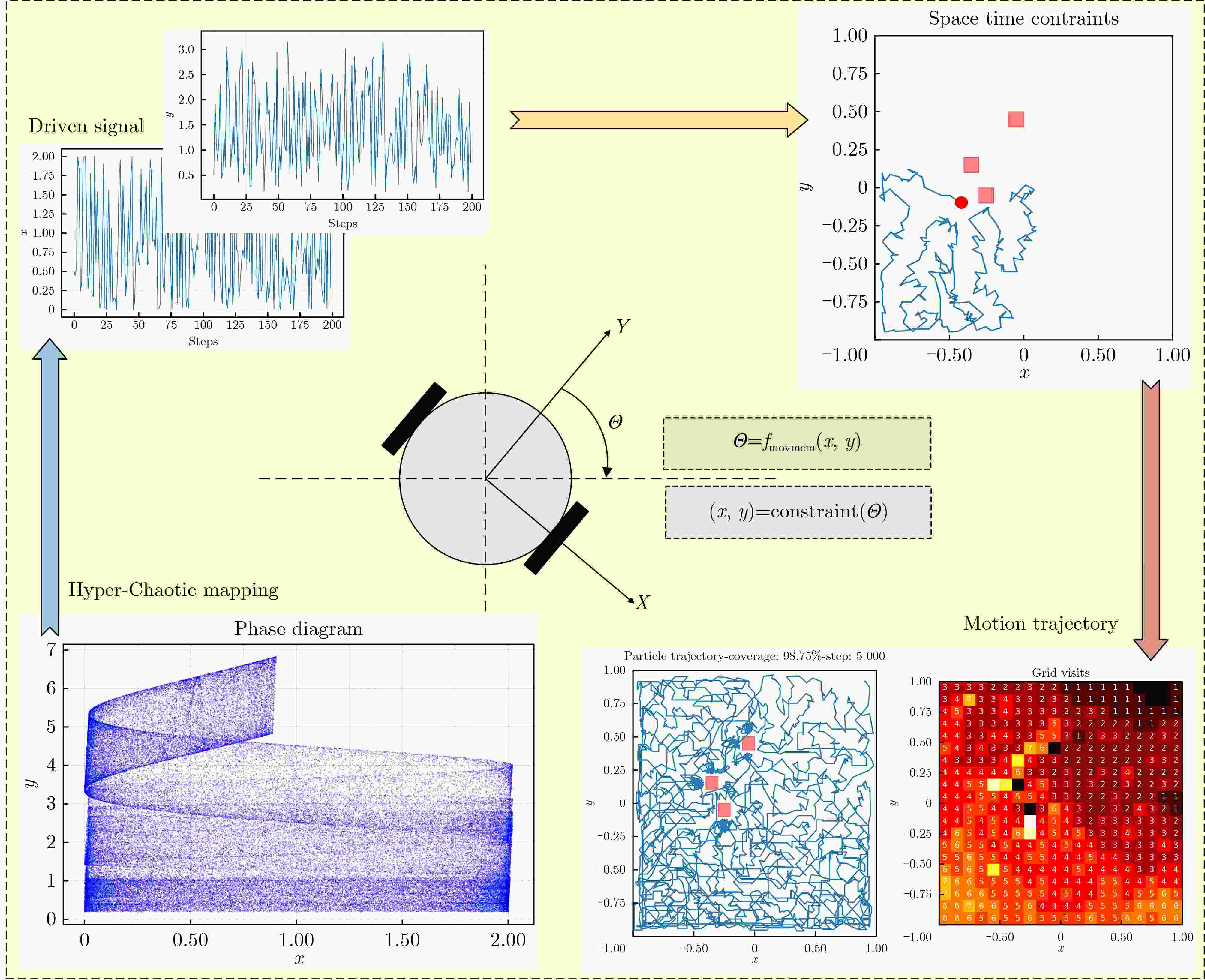
 下载:
下载:
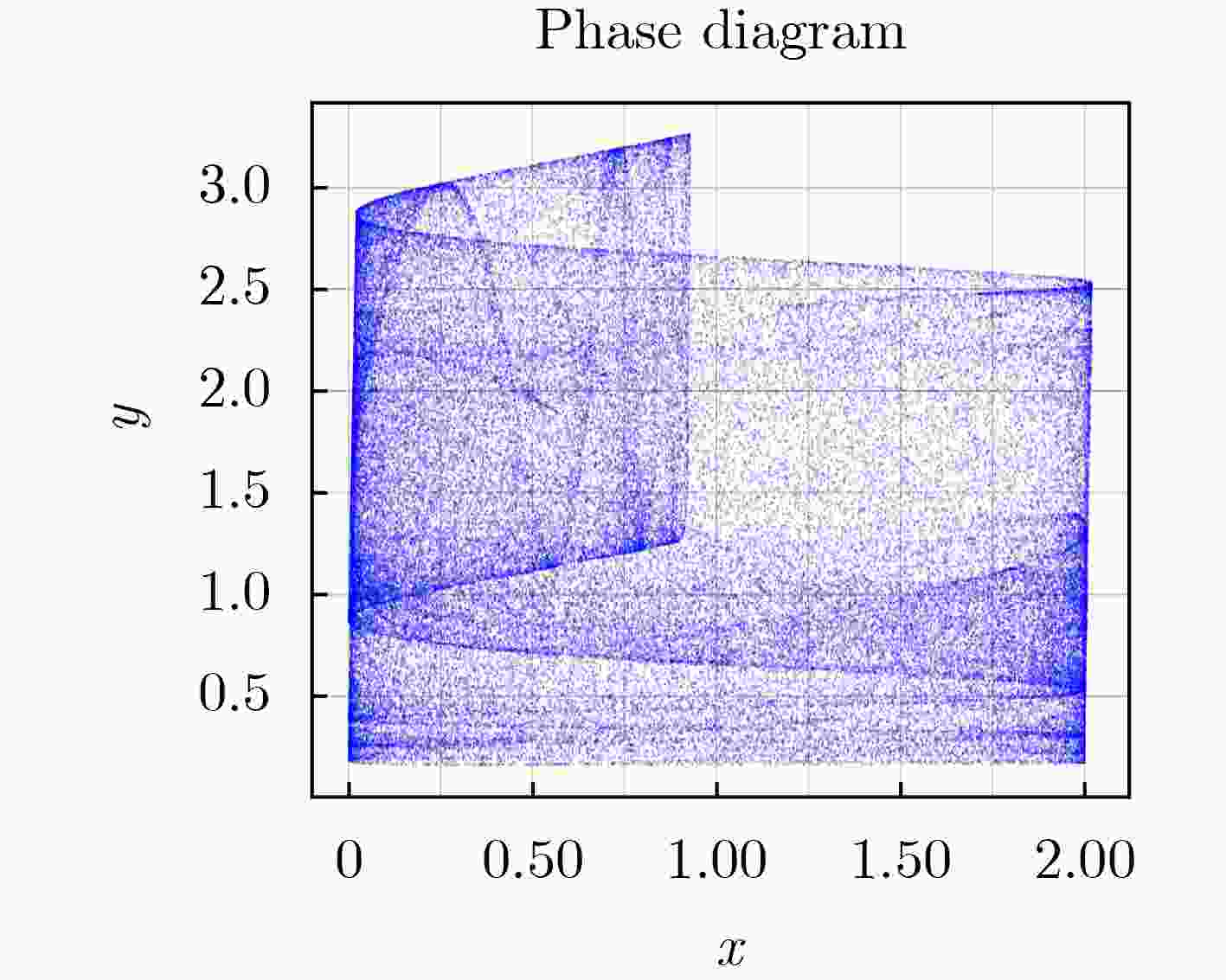


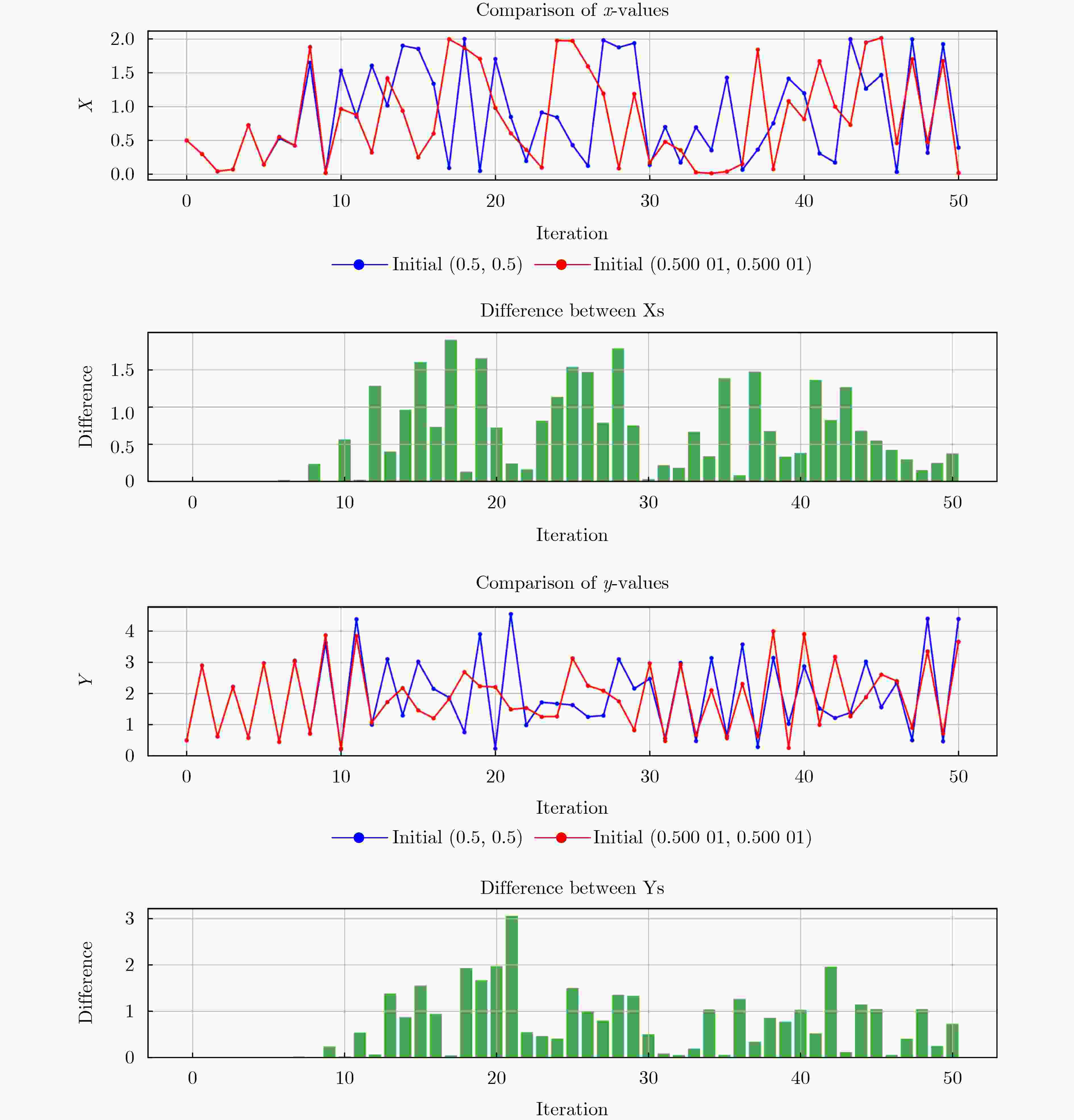
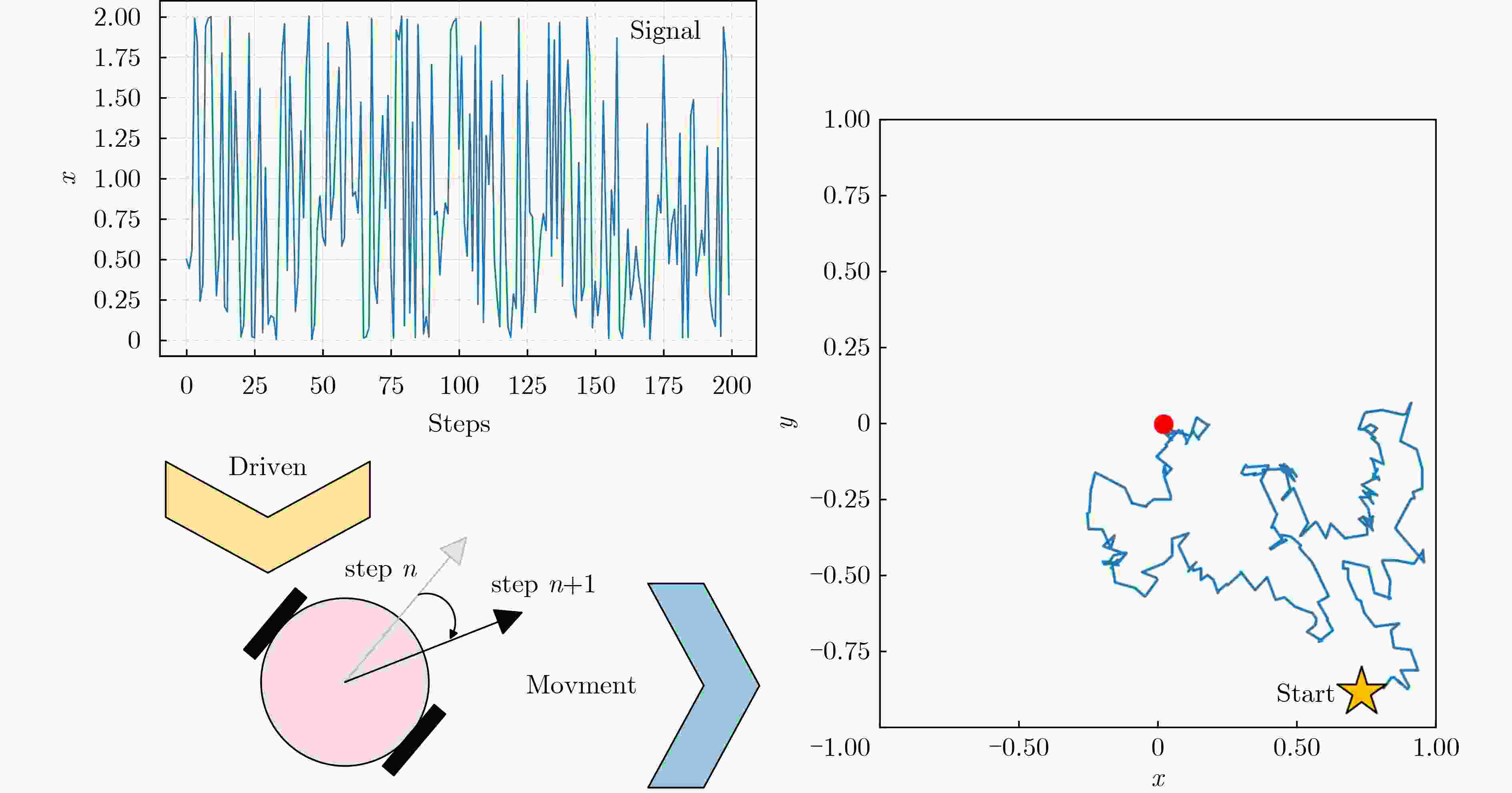
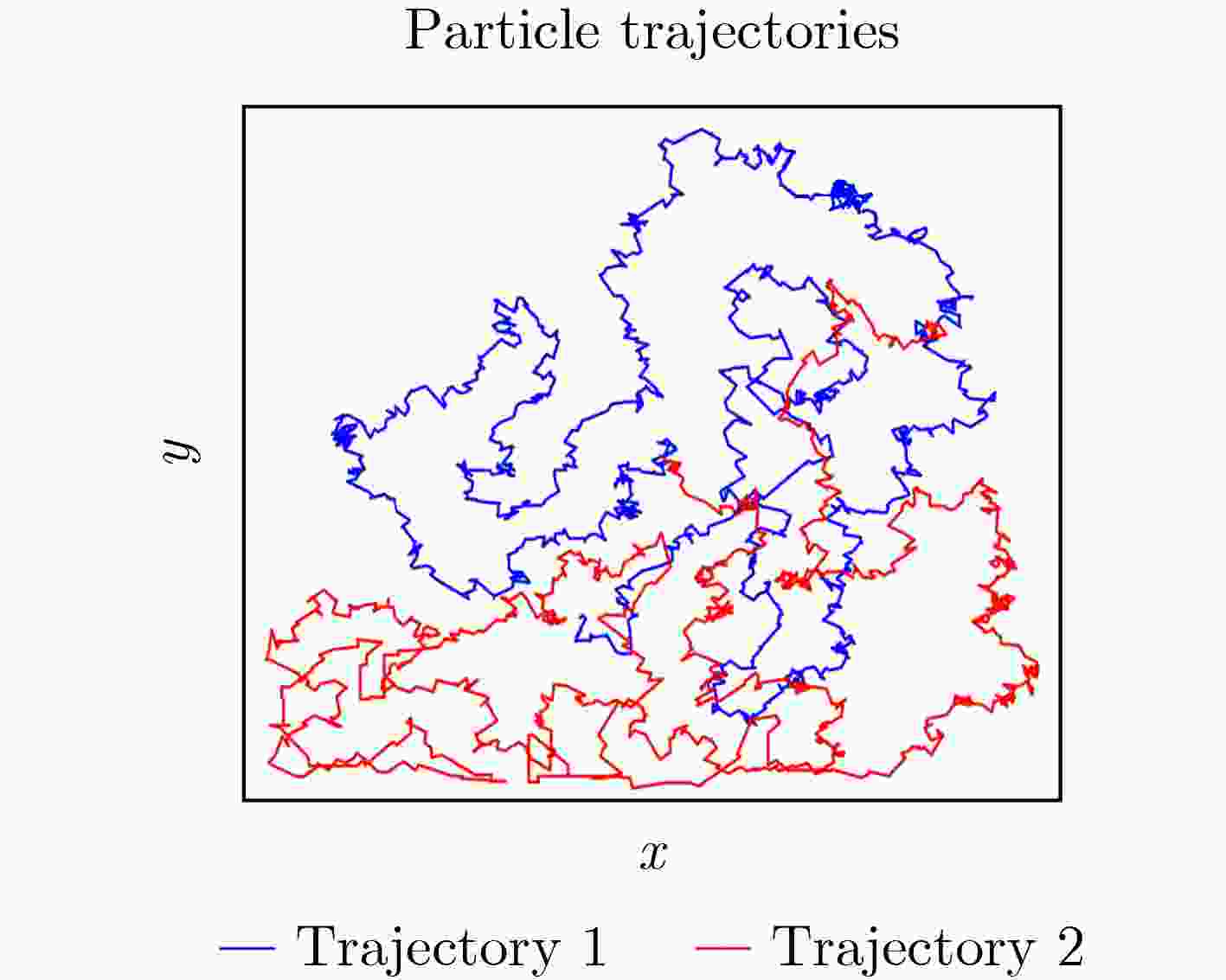
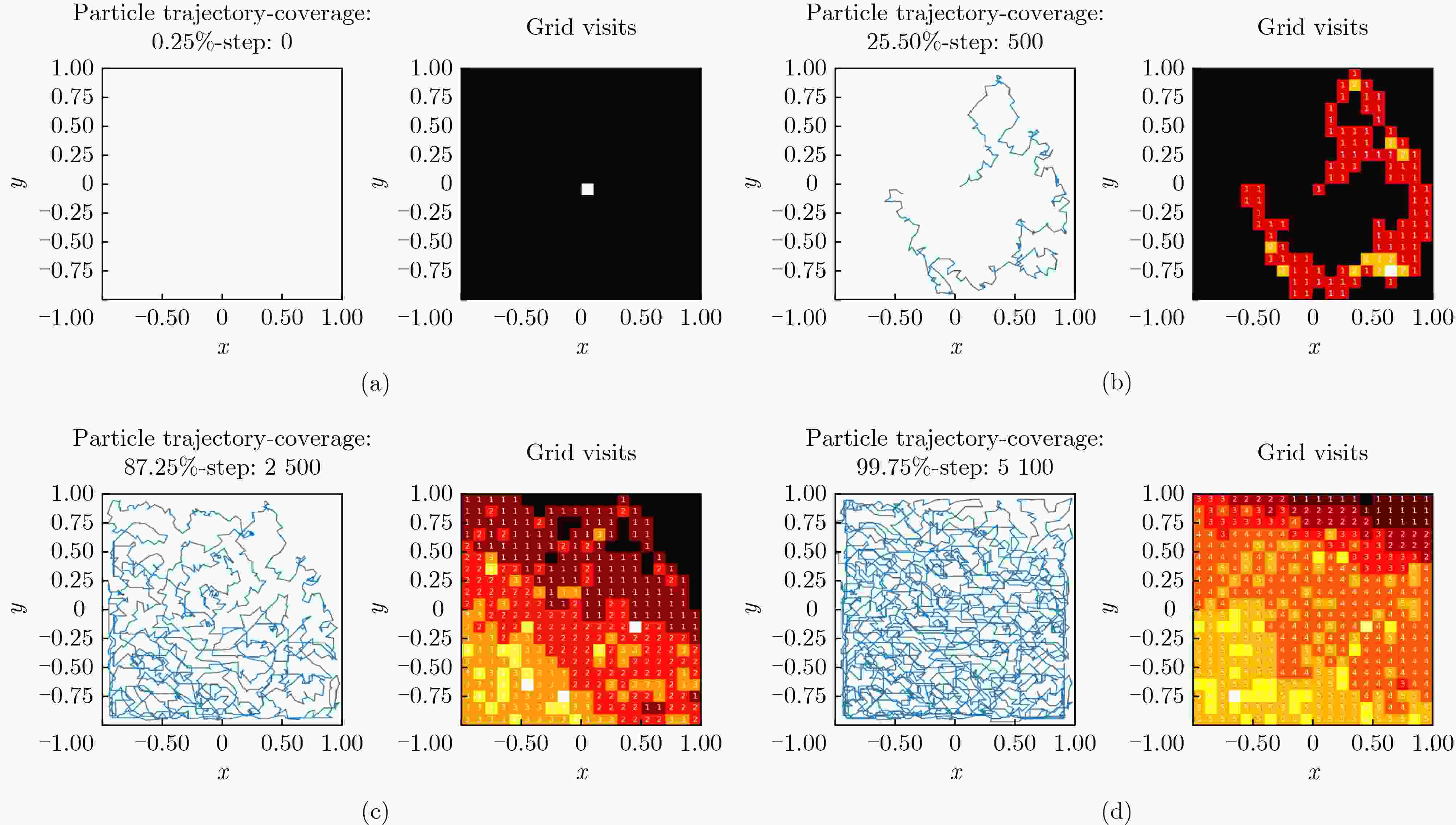
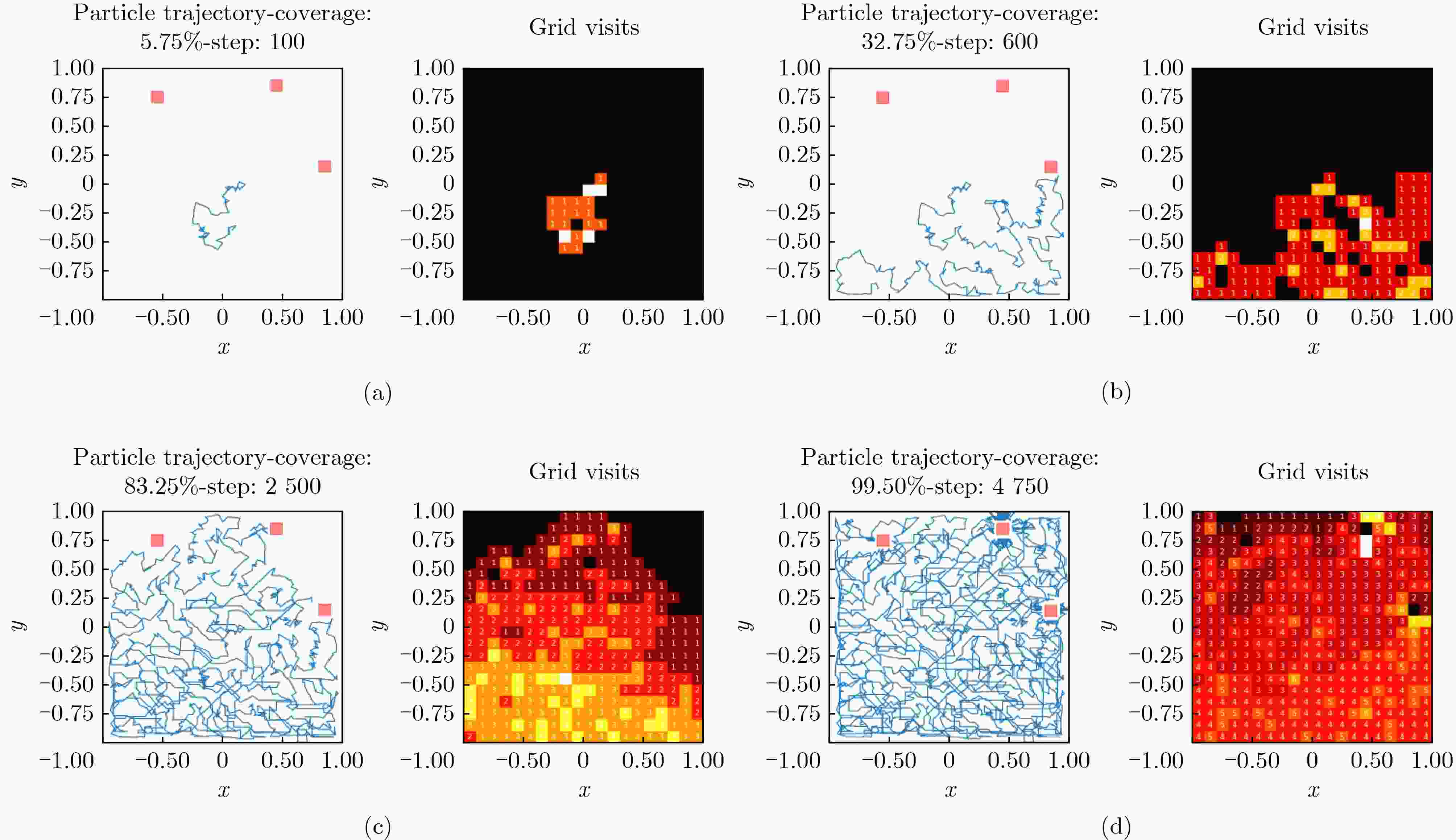
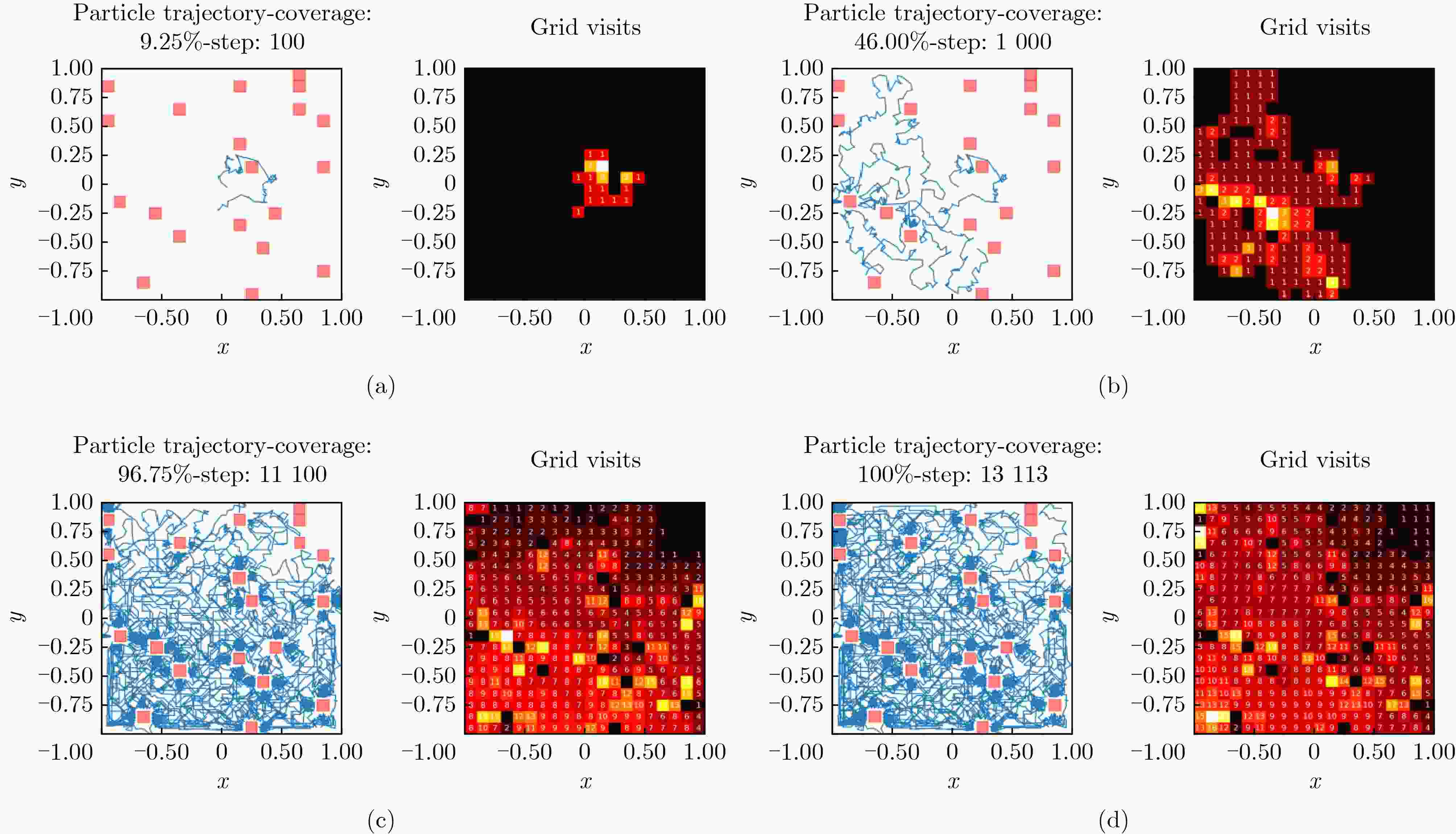


 下载:
下载:
